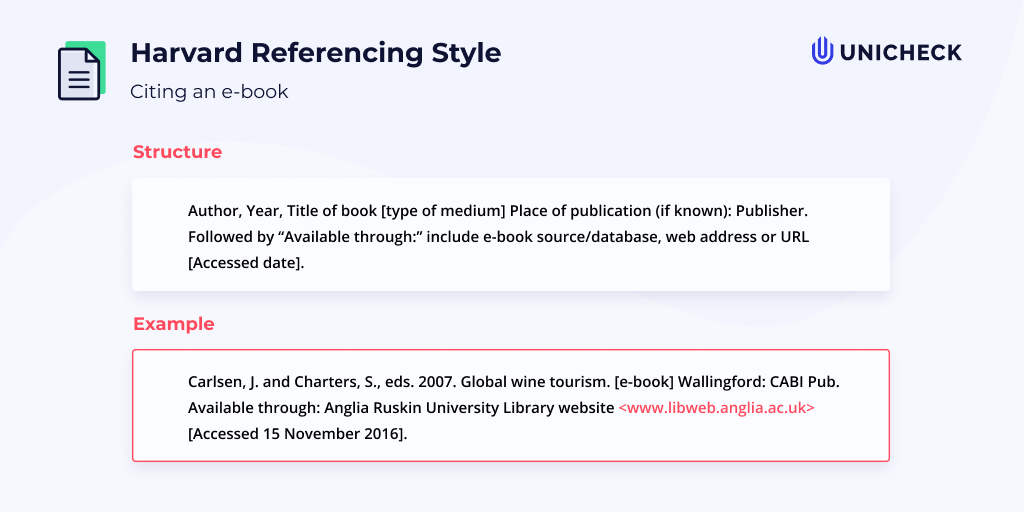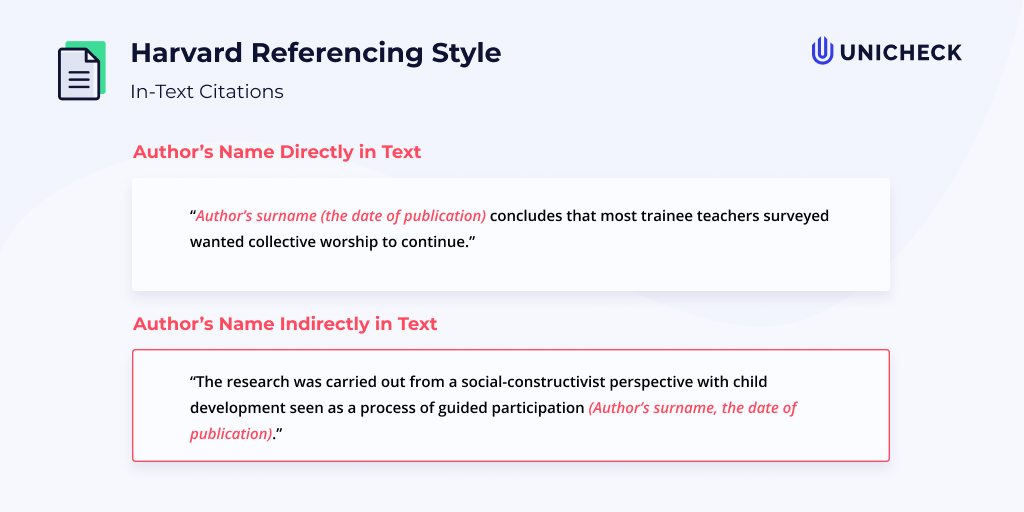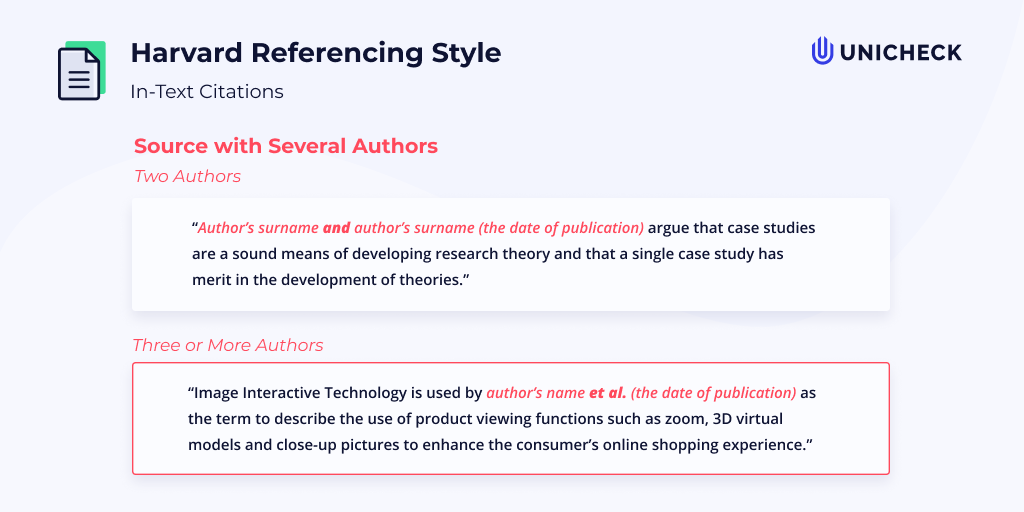You know you need to cite your references, but do you know how to do it correctly? It is important for you to show that you have spent time looking into the evidence of what is already out there before offering your perspective. Not only that, but giving credit where credit’s due can keep your originality scores high. Incorrect in-text citations or missing quotations can result in low originality scores in submitted papers, which you’ve worked hard to avoid.
So here’s a quick, full-on guide to what you need to cite, when you don’t need to cite and free online tools that you can use to help you with the process.
Five Common Mistakes
Citing references can be a tricky business and often, students make simple mistakes. It is essential to know the proper way to make citations. Here are five common errors that are easy to correct:
- Lack of consistency
If you are using MLA, APA or Harvard format, then this will be less of an issue. However you are required to cite references, consistency is vital.
- Missing references
If you are making points about an area of study, be sure to reference a paper or research that supports your ideas.
- Missing page numbers
Make sure you know whether you are using ‘p’ to introduce your page number, or whether you are only using the number itself.
- Inconsistent works cited list
If you use an in-text citation, be sure that your Works Cited list includes it too, and vice versa.
- Extreme citations
Don’t add an in-text citation to every single sentence. If a paragraph refers to your source text several times, wait until the end of the section to cite the work.
What Should You Cite?
In-text citation should occur when you refer to, summarize, paraphrase, or quote any words or ideas that belong to another author. This includes, but is not limited to websites (or a webpage within a site), printed sources, quotes, social media, electronic sources and images. You can learn more about citing websites, social media and electronic sources here.
For websites, webpages and electronic sources, your in-text citation is likely to look like this if you’re using APA style:
Quoting Websites, Social Media and Multimedia (Unicheck Team, 2015)
And your Works Cited list will look like this:
Unicheck Team (2015, May 25). Quoting Websites, Social Media and Multimedia. Unicheck. https://unicheck.com/blog/web-sites-social-media-multimedia-quoting
For MLA style you would use this:
Unicheck Team. “Quoting Websites, Social Media and Multimedia. Unicheck. https://unicheck.com/blog/web-sites-social-media-multimedia-quoting. Accessed 21 February 2020.
For Harvard an electronic book should be cited this way:
 To cite social media start with the name or title associated with the account, followed by the date of the post. Provide the first 20 words of the post as the title and indicate images, videos or thumbnails using square brackets. Include the type of post in square brackets followed by the name of the social media site or app and the URL.
To cite social media start with the name or title associated with the account, followed by the date of the post. Provide the first 20 words of the post as the title and indicate images, videos or thumbnails using square brackets. Include the type of post in square brackets followed by the name of the social media site or app and the URL.
For example, APA style would look like this:
Geography rocks! (2019, February 12). What is going on under the surface of the Earth? Ever wondered how the tectonic plates move beneath our feet? [Image attached] [Status Update]. Facebook. http://www.facebook.com/Geographyrocks/photos/a.423556576574/5543554
In-text citation would be (Geography Rocks, 2019).
For MLA it would be:
“What is going on under the surface of the Earth?,” Geography Rocks!, 12 Feb. 2019, http://www.facebook.com/Geographyrocks/photos/a.423556576574/5543554. Accessed 21 Feb. 2019
To cite an image using APA style, use the following:
Bao, Y. (2019, October). Foxes on Top of the World [digital image]. Retrieved from https://www.nhm.ac.uk/content/dam/nhmwww/wpy-tibetan-fox/wpy-winning-image-full-width-preview%20-%20Copy.jpg.thumb.1920.1920.png
For MLA:
Bao, Yongqing. “Foxes on Top of the World.” Natural History Museum. https://www.nhm.ac.uk/content/dam/nhmwww/wpy-tibetan-fox/wpy-winning-image-full-width-preview%20-%20Copy.jpg.thumb.1920.1920.png
For print-based sources, your in-text citation will look like this for APA:
Hattie & Zierer (2018) suggests that… or (Hattie & Zierer, 2018)
In your Works Cited list you will see:
Hattie, J. & Zierer, K. (2018). 10 Mind Frames for Visible Learning: Teaching for Success. Abingdon, English: Routledge
For MLA in-text citation, you need to include the author and page number (Hattie & Zierer 265). For your Works Cited list it will look something like this:
Hattie, John and Zierer, Klaus. 10 Mind Frames for Visible Learning: Teaching for Success. Routledge, 2018.
Citing one author inside the text in the Harvard referencing style would require following this sample:

For sources written by more than one author, in-text citations in Harvard would look like these:
 When you want to express the key point of a source in your own words, it is better to paraphrase than quote. But when you do this, you need to make sure that you credit the ideas. To paraphrase without plagiarising, read the whole of the source text several times until you really understand it and then put it onto your own words. It can be useful to imagine that you are explaining the idea to a friend. Always paraphrase without the source text in front of you so that you avoid the temptation to copy some of the ideas and fall into the trap of plagiarism.
When you want to express the key point of a source in your own words, it is better to paraphrase than quote. But when you do this, you need to make sure that you credit the ideas. To paraphrase without plagiarising, read the whole of the source text several times until you really understand it and then put it onto your own words. It can be useful to imagine that you are explaining the idea to a friend. Always paraphrase without the source text in front of you so that you avoid the temptation to copy some of the ideas and fall into the trap of plagiarism.
Of course, there is a range of guidelines out there, including APA, MLA and Harvard Referencing. These can differ based on a variety of factors including the number of authors, if you’re citing an e-book or if your print-based source has an editor rather than a single author for example. It is worth taking the time to know the proper way to make citations. Check out this cheat sheet to give you an overview of citation rules for MLA, APA and Harvard Referencing.
What You Don’t Need to Cite
There are certain situations when you don’t need to cite. Here are four examples of when you don’t need to worry about using references:
Historical Overviews
There have been millions of books and websites written about the First World War. If you cited every single one of them, you’d be there forever. It is fine to summarise historical events without using citations, but if you get your information from one source, you need to cite it.
Personal Ideas or Findings
Rather than using in-text citation and adding yourself to your Works Cited list, just state that the ideas are yours within the body of your text.
Conclusions
You will inevitably refer to evidence in your conclusion that you have previously cited. There’s no need to mention it again. But make sure you do cite it if you are adding any new ideas or references.
Common Knowledge
Don’t worry about citing what is considered common knowledge. General descriptions of culture or things you can easily observe such as ‘many people use their mobile phones while driving,’ or common phrases or clichés such as ‘every dog has its day,’ are all examples of common knowledge and don’t need citing.
‘The First World War resulted in millions of deaths’ wouldn’t need an in-text citation, whereas ‘Among WW1 casualties, 9.7 million were military personnel and 10 million were civilians’ would need citing in-text and in your Works Cited list.
What’s the Difference Between Footnotes and Endnotes?
The only real difference between footnotes and endnotes is where they appear in your work. For a footnote, you place a number in the main body of your text that corresponds with the same number at the bottom of the page, where your reader can see your comment or reference straight away. For endnotes, the same is true, but your references are at the end of the paper instead.
It might look something like this.1
1And at the bottom or end of your writing, your reader could find the citation for the referenced work.
Writing Your Bibliography
It’s always good practice to create your Works Cited list as you are writing. This makes sure that you avoid forgetting to add relevant sources. When checking your Works Cited list, it is essential to check that all of your in-text citations correspond to what you have on your list. This can be a tricky business, so you could use one of these bibliography generators to help:
Check out Unicheck on social media for more helpful advice on writing, checking and referencing your paper.





